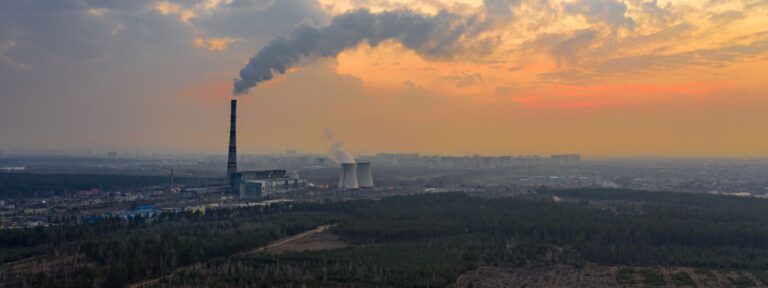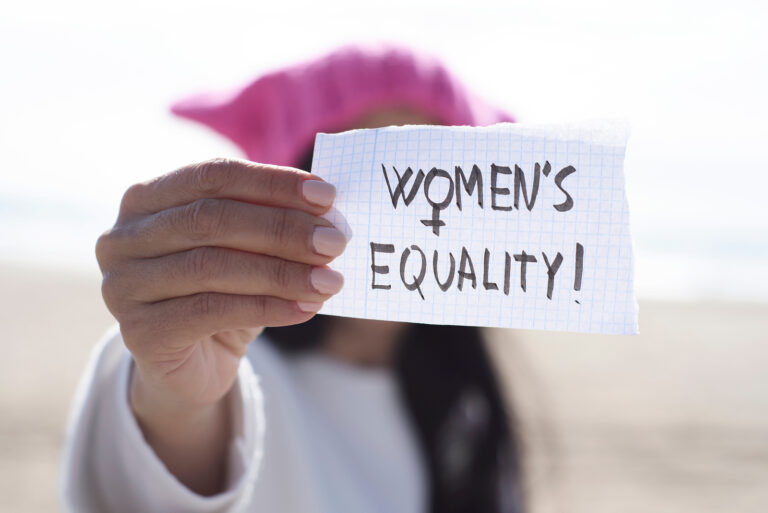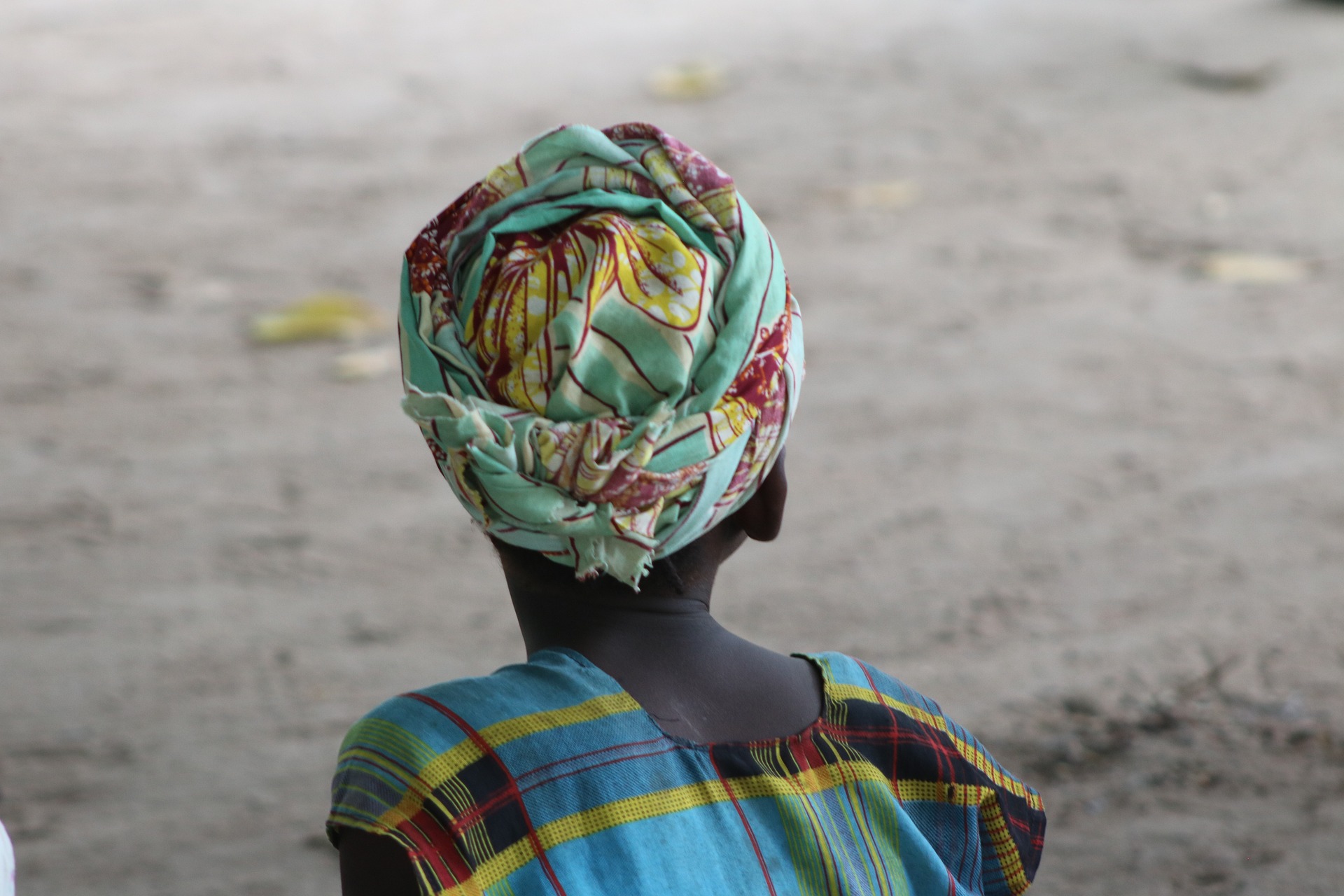
Do We Really Have Eight Billion Opportunities?
8 billion strong, 8 billion possibilities, 8 billion innovators. That’s the messaging coming from the UN in recent weeks as we edge towards 8 billion people on the planet. But the reality beneath the positivity is one of limited opportunities and wasted potential for hundreds of millions. In this personal post, Population Matters consultant Florence Blondel draws on the data and her experience as an award-winning journalist in her home country of Uganda to paint a more sobering picture.
I’m not naturally a pessimist, but I wouldn’t say I like the hypocritical flowery language around the 8 billion people milestone when we have already stunted billions of human lives, particularly young girls and women. I fear that this language is encouraging pro-natal governments to up their game in making young girls and women baby machines.
Today, we are 8 billion and could be 10.4 billion by the end of the century. Not so thrilling for those who will frequently be giving birth and for the nature we will be squeezing out.
I’m a realist when I state that there are so many people with no prospects to deduct from the imagined “8 billion opportunities”. Sure, the UN says we can realise the opportunities “only if we all act responsibly and keep the interest of both people and planet in mind”. Well, guess what? We haven’t, and both people and planet are already profoundly affected. The truth is, even if we did what the UN suggests it’s already too late for billions of people and many other species. It’s been a chronic disease for decades, especially in low- and middle-income countries where billions live!
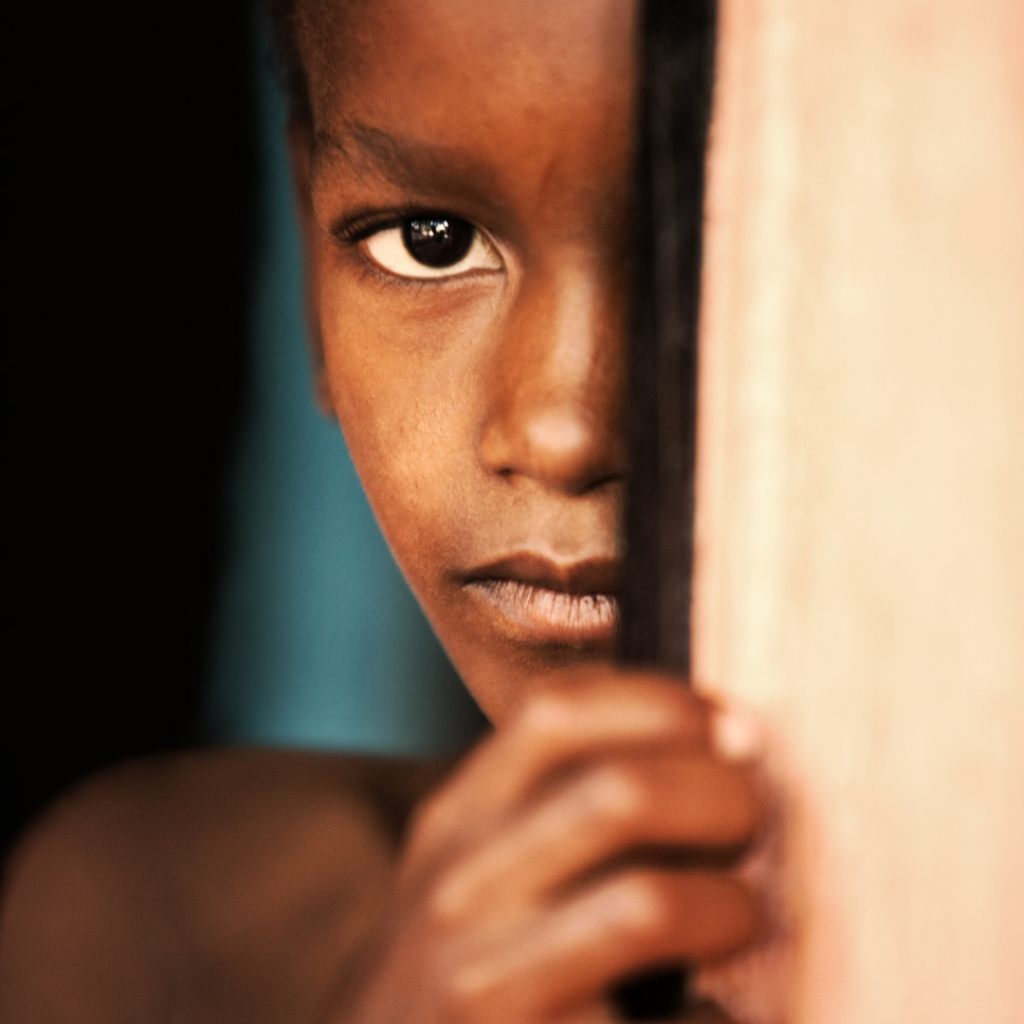
A LEARNING CRISIS
Girls who receive an education are less likely to marry young and start childbearing early. Furthermore, they will have fewer, healthier children than those without an education, as they are more likely to use modern contraceptives. Sadly, the 129 million girls out of school will more likely be married off as children, and by the time they get out of their teenage years, they will have about three children who will more likely suffer from poor health with little chance of gaining an education.
The current learning poverty rate (LPR) in low- and middle-income countries is alarming. Seven out of ten children cannot read a simple text with comprehension by age 10.
The latest simulations put LPR at nine out of every ten children in Sub-Saharan Africa, 80% in Latin America and the Caribbean, and 78% in South Asia.
So, are they part of the 8 billion innovators we obsess over? Because sadly, while we wait on “firm political commitment and implementation of evidence-based approaches for rapid impact” to recover and accelerate learning, millions of these children are becoming child brides and child mothers.
And, there’s not much hope in one of the solutions offered, as according to the World Bank;
“Unfortunately, the latest data indicate that education spending in low- and lower-middle-income countries in 2022 will be below 2019 levels.”
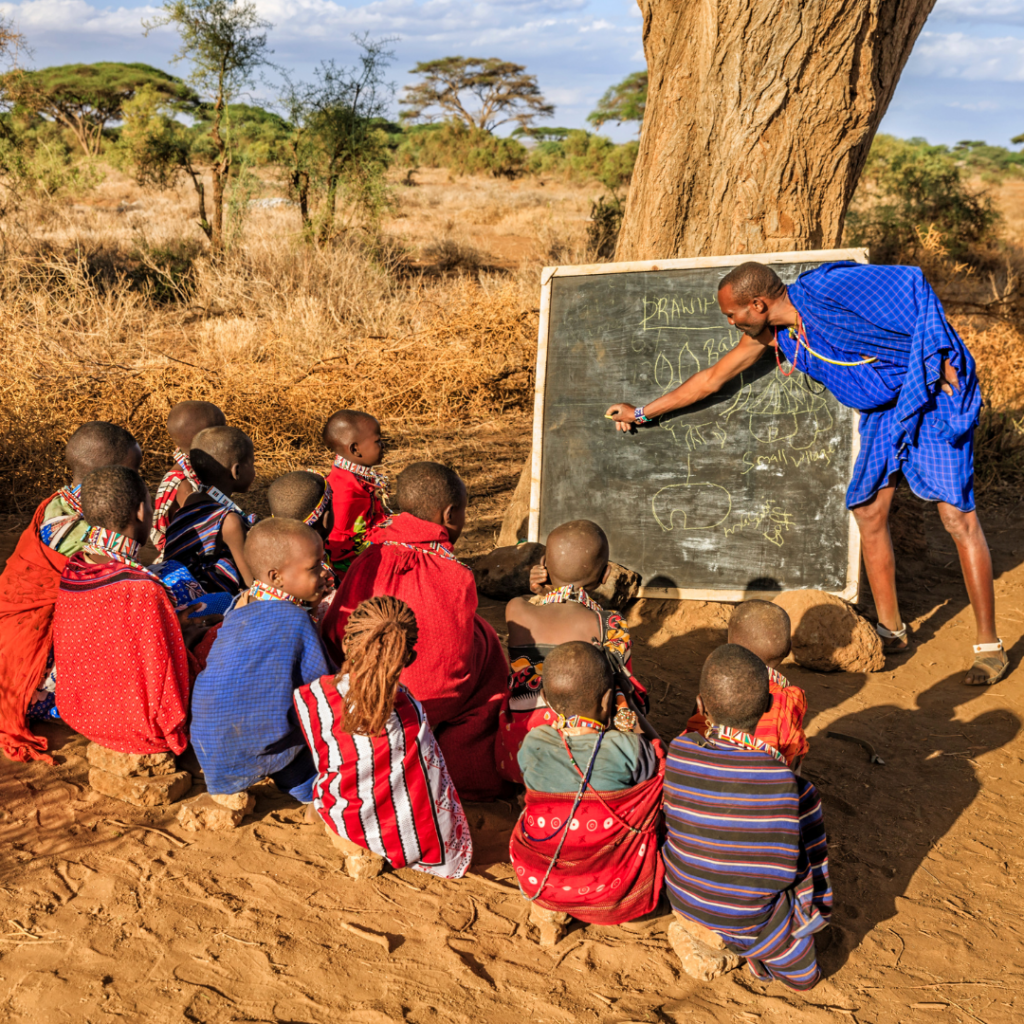
THE CHILD MARRIAGE SCOURGE
It has taken us about 12 years to add another billion people to the planet since 2011. In those 12 years, 144 million girls have been married, 12 million each year. Imagine if each had a live birth; an additional 144 million children would likely be married off as children.
So, are they part of the 8 billion opportunities? And what’s happening with the over 650 million women and girls alive today who were married as children? The effects of child marriage are stark in that most of these women have probably never had access to health services, education or gainful employment. Frequent childbearing always presents a danger as pregnancy-related mortality ratio and maternal deaths are more common. If they survive, they are not surviving most maternal morbidities, they are not surviving stillbirths and premature babies, and they are not surviving hunger, poverty, and abuse.
“They have worse economic and health outcomes than their unmarried peers, which are eventually passed down to their own children, further straining a country’s capacity to provide quality health and education services.”
UNICEF
There may be outliers, but what opportunities do most have? UNICEF fears that if progress does not accelerate, “more than 110 million additional girls will marry before their 18th birthday over the next decade.”
UNACCEPTABLE LEVELS OF POVERTY
Have you heard of Niger in Sub-Saharan Africa? According to the World Bank, it’s one of the poorest countries in the world. In 2006, 92.9% of the population lived in poverty, and while it’s less than that currently, the absolute numbers keep rising due to the growing population.
“Just under half of Niger’s booming population earns less than US$1.90 a day, and unemployment is very high.”
Poverty, child marriage, and missing out on school go hand in hand. According to UNICEF, “one in three adolescent girls (10-19 years) from the poorest households around the world has never been to school.” In Niger, seven of ten Nigeriens are illiterate, and six of every ten girls have never reached the 6th grade. Niger is in the top five countries with the highest prevalence of child marriages (76%) and early childbearing globally. On average, a Nigerien woman has about seven children, translating to an almost 4% annual population growth rate.
More countries are in a “demographic trap where rapid population growth exceeds and overwhelms economic growth”. There are 1.2 billion poor people in mainly two regions, SubSaharan Africa (579 million) and South Asia (385 million), regions with enormous population growth. The majority, over 80%, are severely impoverished and live in deficient rural areas.
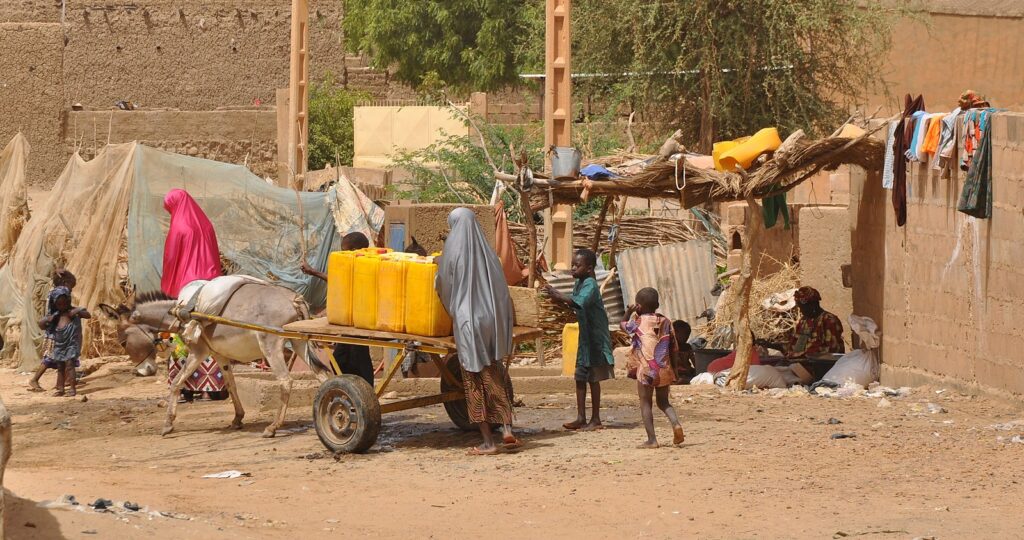
VANISHING NATURE: SHOULDN’T WE CARE?
We have yet to tackle the root causes of biodiversity loss and we are losing nature at an unprecedented pace. While we soar in numbers, other creatures plummet. Nearly half of the world’s bird numbers are in decline, and one in eight bird species is under threat of extinction. There were eight billion snow crabs in 2018, down to just one billion in 2021. The recent Living Planet report estimates an average 69% drop in mammal, bird, fish, reptile, and amphibian populations from 1970 to 2018. As they have declined, human numbers have doubled. 8 billion possibilities, eh?
Let’s not forget about the one million plant and animal species threatened with extinction because of farming, poaching, pollution, the transport of invasive species, and global warming. Only one-quarter of land areas and one-third of oceans remain relatively undamaged by human activity.
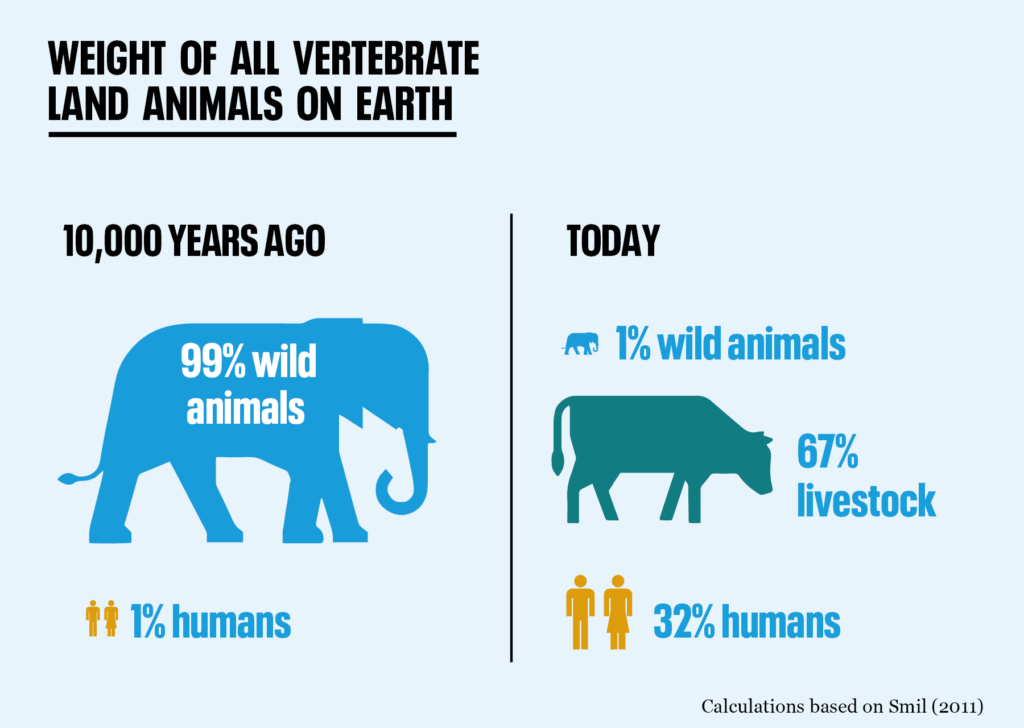
How about our forests? According to the Food and Agricultural Organisation, we have lost 420 million hectares of forest since 1990, with agricultural expansion accounting for about 90% of deforestation. This is all done to keep up with our growing population and overconsumption of animal products. Indeed livestock grazing is responsible for almost 40% of forest loss, so it is not surprising that 30-60% of tree species are now at risk of extinction.
So how can we preserve and protect our natural resources? More than 80% of the world’s population live in countries with ecological deficits “using more resources than what their ecosystems can regenerate.” The impact of 8 billion people on our ecosystems, is alarming, yet not a single country has achieved the global biodiversity goals, the Aichi Targets.
THE MOUNTING CLIMATE CRISIS
We each put pressure on the natural world. We consume the Earth’s finite resources and contribute to climate change, the rich more than the poor. As a result, the poorest are disproportionately affected and suffer the most consequences. Currently, methane is the second biggest driver of global warming after fossil fuels. The major emitters, according to the UNEP Observatory, responsible for 75% of methane emissions in 2017; ‘livestock (responsible for 33% of methane emissions), oil and gas, waste and landfills (over 20%), coal mining (12%,) and rice cultivation (nearly 10%)’.
One of the most effective ways to help our planet today is to have a small family, especially in high-income countries, which drives the crisis we face today. This would reduce consumption, especially of livestock. However, countries with a large population and a low per-person impact can produce more emissions than a small country with a high per-person impact. In our Gilead report, we see more countries in the rich world want to pay off parents to have more children, sometimes bordering on coerciveness. We don’t need more people to consume Earth.
However, the poor could also become rich – that’s global justice, so we should invest in smaller families globally. The world is far off track to keep climate change to 1.5°C, and the fact that the interconnection with our budding population is never acted upon makes it hard to see 8 billion opportunities for people and the planet. The UN has bluntly noted that current plans and promises are still not enough to avoid “catastrophic” warming.
HOPE FOR THE NEXT BILLION HUMANS AND A FEW OF THE 8 BILLION PEOPLE
Population Media Centre has a great web page dedicated to 8 billion people, so I asked their president what these 8 billion opportunities are.
“Many people in rapidly growing population countries know first-hand the results of demographic change and the poverty and environmental destruction that affect their daily lives. They may or may not have knowledge of all the interconnections between demographic trends and their personal situation. But there are huge opportunities to help the people of the world understand these issues and give them a voice to speak to the policymakers about the urgency of addressing them. Because most policymakers will not lead on these issues. But they can be forced by the public to address them if the public understands what is at stake.”
Well, yes, but still too late, and sadly, most people will only demand a little from their policymakers. Many governments will squash any such demands.
The best we can do for now is to shift long-term population trajectories in time to save the people and planet. There is a need for more organisations to acknowledge the need to slow and stabilise human population growth through the advancement of ethical, positive, empowering solutions. It is clear that if we stay on our current growth trajectory towards 10.4 billion people by the end of the century, realising the so-called 8 billion opportunities will become even more complicated than it is now.
Views expressed in personal blog posts are not necessarily those of Population Matters.

